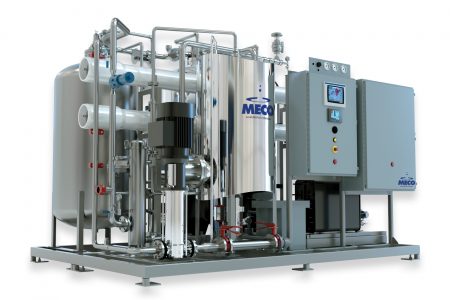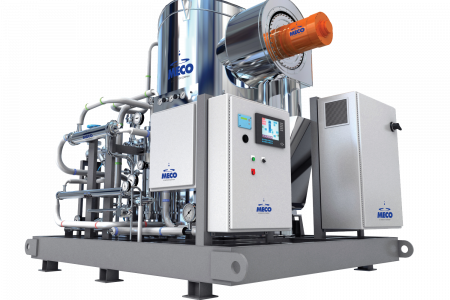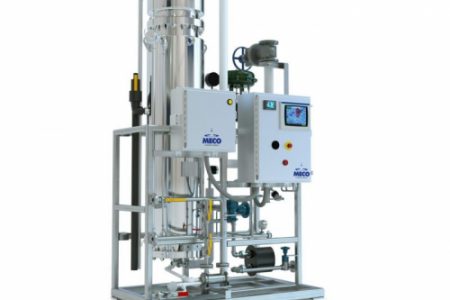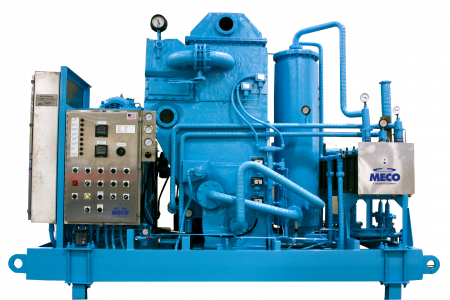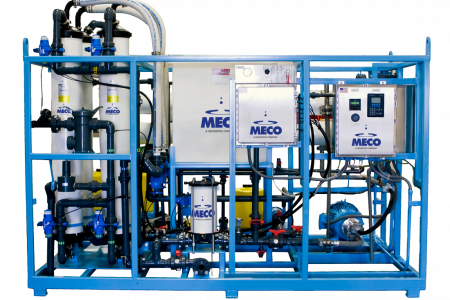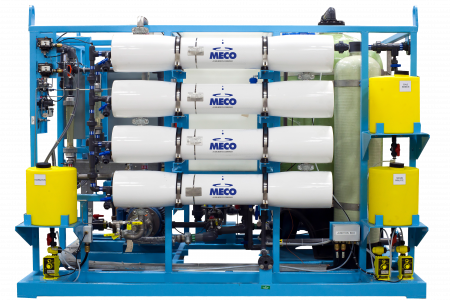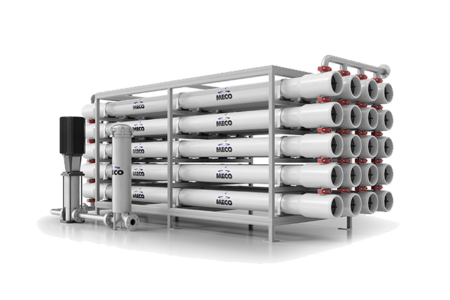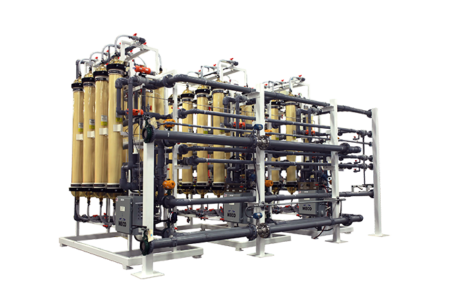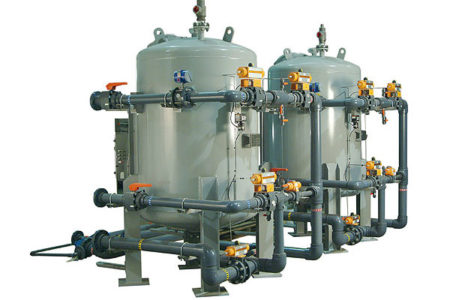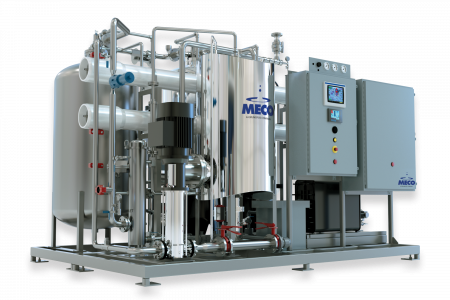THE THREAT OF WATER SCARCITY ON AGRICULTURE
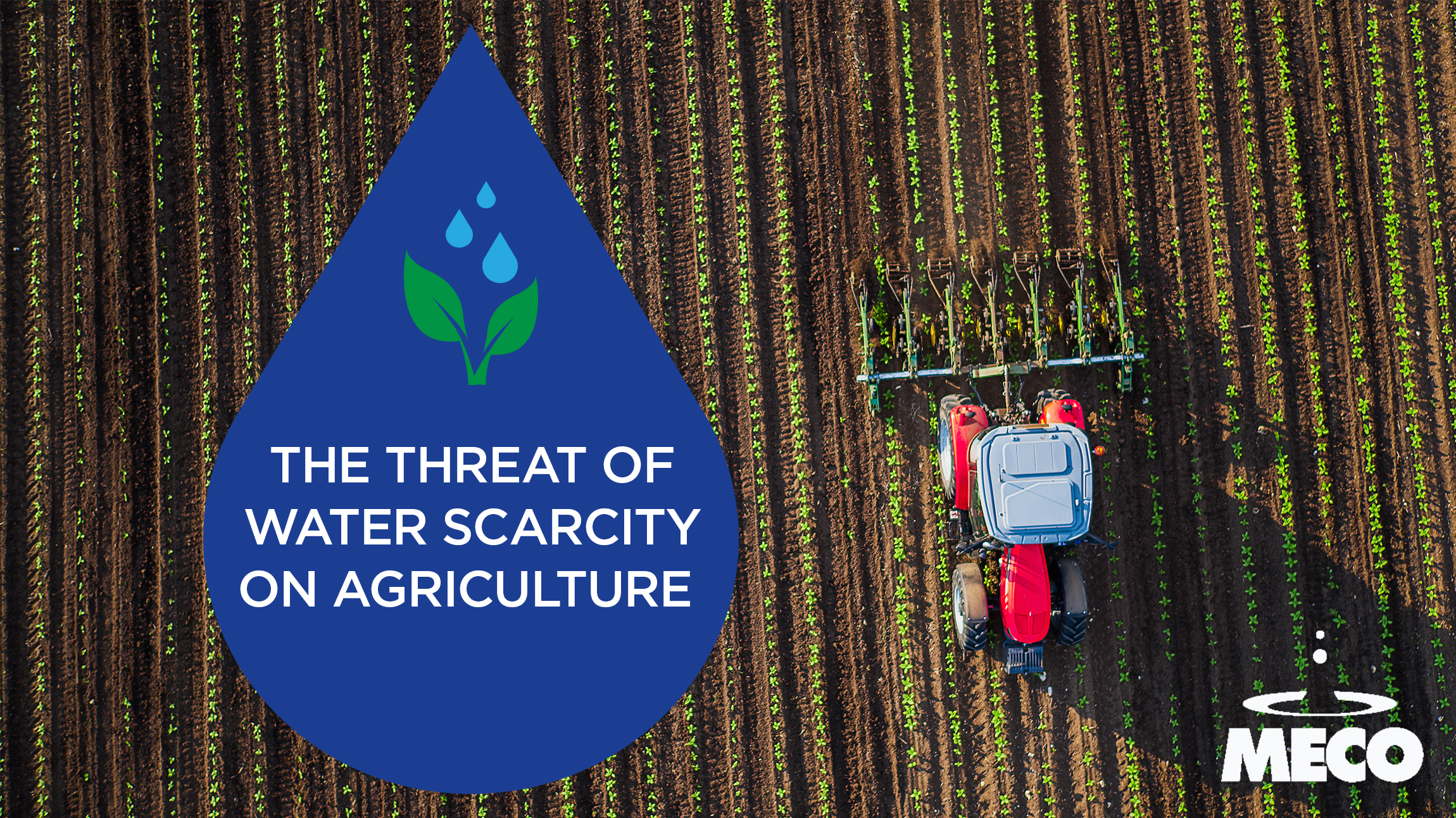
A majority of the Earth’s surface — approximately 71% — is covered in water. Of all the water on Earth, over 97% is saltwater, leaving only 3% as freshwater. Of this portion, 2.5% is frozen in ice caps or glaciers, heavily polluted, or so far under the surface as to be inaccessible, leaving only 0.5% available for drinking, growing crops, and the many other applications for which we need freshwater1. This means more than 99% of the Earth’s water is unusable by most living organisms.
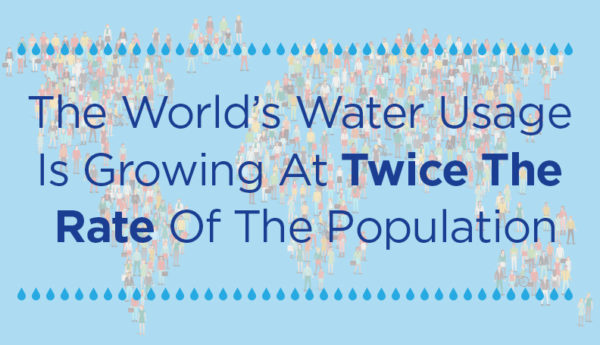
THE REALITY OF WATER SCARCITY
With over 8 billion people in the world and the population increasing rapidly, access to safe, clean water has never been more crucial. The world’s water use has been growing at twice the rate of the population2, thus depleting the already limited sources of usable freshwater. According to UNICEF, nearly 1.5 billion people suffer from water scarcity as a result of population growth, misuse, industrial expansion, and other factors3.
View Our Water Purification Systems
WATER AND AGRICULTURE
Water scarcity is usually associated with limited drinking water, but the global water crisis affects so much more.
Water is needed for virtually everything humans produce. Products that require water range everywhere from hamburgers to smartphones. Agriculture is a major industry affected by water scarcity because the agricultural industry is the greatest user of water. Agriculture leads the way in terms of freshwater withdrawals, accounting for 70% of all withdrawals4. It takes a lot of water to feed the world, so water scarcity is a real threat to global food production.
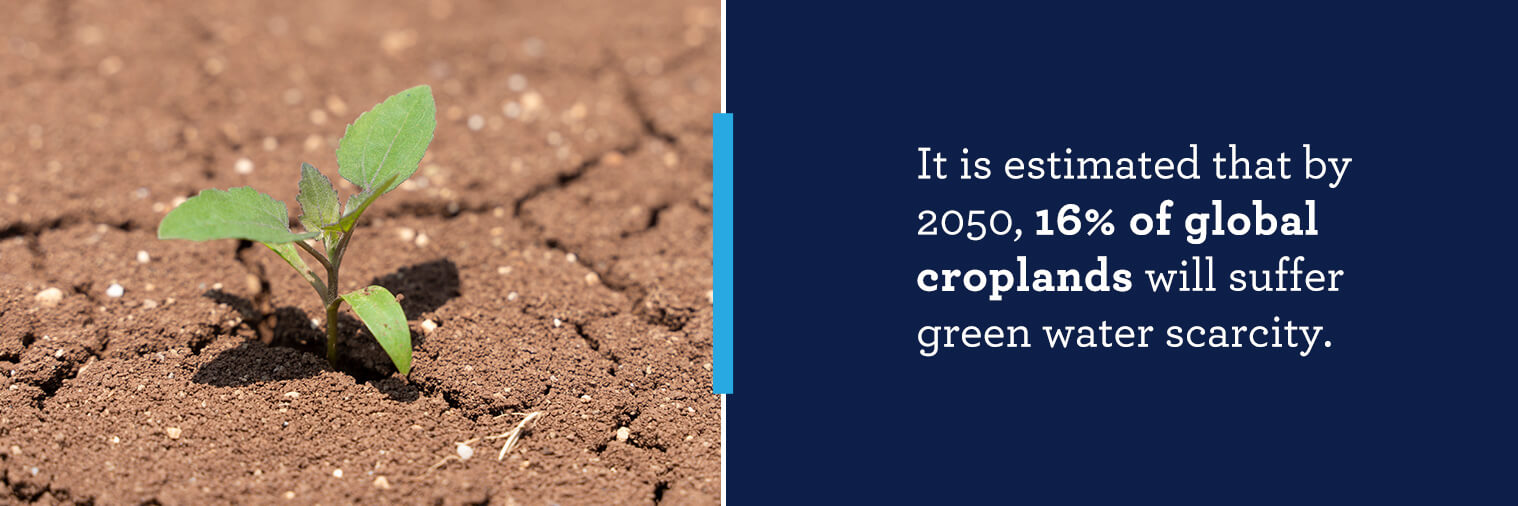
Agriculture draws water from two sources — green water, or water that exists in the soil, and blue water, which is taken from lakes, rivers, and underground aquifers. Given the challenges of extracting and transporting water from these sources, green water is the natural preference for growing crops. However, the worldwide elevation in temperature and changes in precipitation patterns leading to greater evaporation negatively impact green water availability. It is estimated that by 2050, 16% of global croplands will suffer green water scarcity.5
Blue water availability is declining, as well, due to increasing use by large-scale agricultural production, urbanization, and industrial and domestic water applications. By 2050, as much as 84% of croplands around the world could see a lack of adequate water resources if current practices continue, causing potentially devastating food shortages6.
FOOD INSECURITY
Water is the greatest limiting factor when it comes to feeding the rapidly growing world population, meaning water scarcity has a critical impact on food security. Food security is the condition in which all people, at all times, have physical, social, and economic access to sufficient, safe, and nutritious food7.
World hunger is a long–lived issue, and water scarcity is only expanding the problem. It takes roughly one liter of water to produce one calorie, which means an adequate diet requires about 2,000 liters of water to feed one person every day. According to the Organisation for Economic Co-operation and Development, the global agriculture sector will have to produce double the current amount of food grown worldwide by 2050 — and it will have to do so while using less water than ever before8.
Irrigated crops using blue water represent 40% of the world’s total available food supply, as irrigated land produces a substantially greater yield than rainfed acreage and allows more efficient land use9. However, given the limited availability of freshwater and an increased demand for food production, the need for sustainable water practices has never been greater.
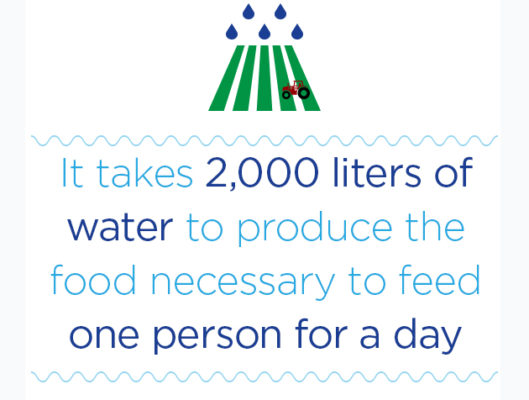
HOW THE AGRICULTURE INDUSTRY CONTRIBUTES TO WATER AVAILABILITY
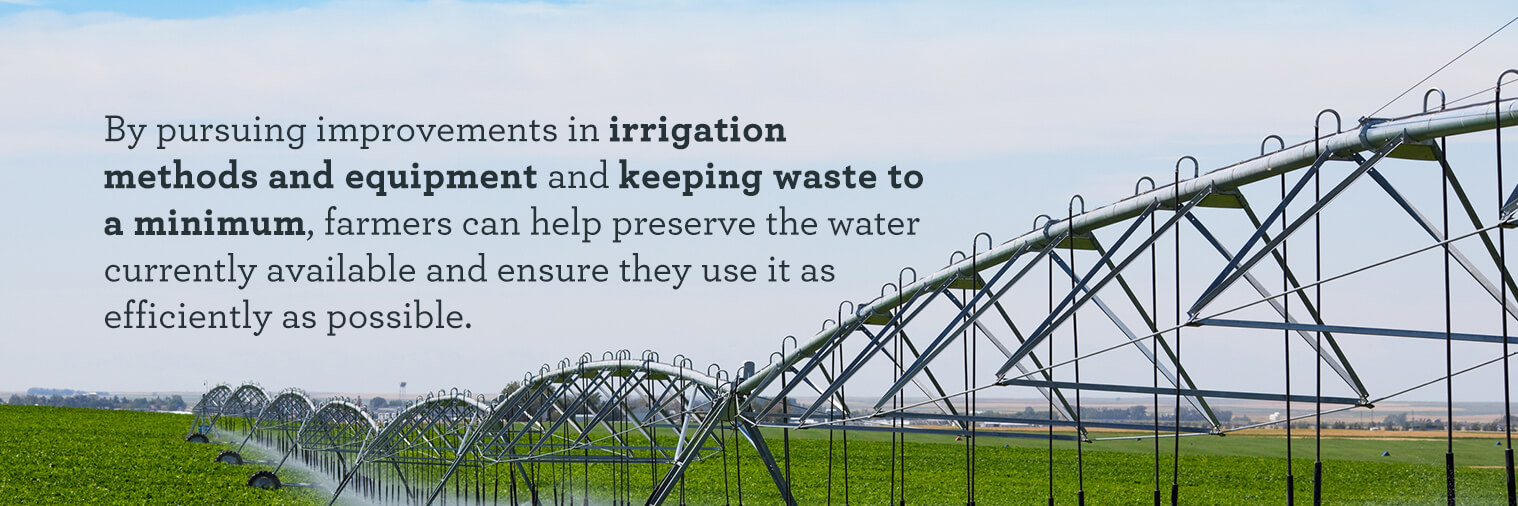
Water scarcity and food production capacity are inextricably linked, given the state of the world’s natural resources. As such, the agriculture industry has the opportunity to shift from being part of the problem to part of the solution. By pursuing improvements in irrigation methods and equipment and keeping waste to a minimum, farmers can help preserve the water currently available and ensure they use it as efficiently as possible.
Beyond limiting waste, agricultural operations can help combat water scarcity by prioritizing drought-tolerant or native crops that are ideally suited for their local climate. Using water-smart farming practices can also make a substantial contribution. For example, considering the ground’s contour when planting allows runoff to facilitate natural irrigation and helps prevent harmful erosion. Similarly, finding ways to avoid tilling and other practices that disturb the soil helps minimize the evaporation of green water.
Agricultural production is a major contributor to water scarcity due to its reliance on freshwater. However, the importance of this industry positions it to be a major player in pushing for innovations in the way the world uses water. With options such as desalination, purification, and other water preservation resources becoming more available, food production operations can lead the way forward by recognizing the threat of water scarcity and prioritizing sustainable practices to combat it.
WHERE TOMORROW GETS ITS WATER
MECO works to develop both effective and sustainable water purification systems because the ability to test and treat water for all uses, not just consumption, is crucial. Without proper tests and treatments, an area’s inhabitants or farming industries risk consuming or using polluted water sources.

While individuals can follow sustainable water practices, industrial organizations should also participate in this effort. MECO has been 100% dedicated to offering sustainable water purification solutions for decades. This essential work is more than a commitment to us — it is a mindset that touches everything we do. Through our technologies, we help ensure water is accessible now and in the future.
References:
- “Water Facts – Worldwide Water Supply.” Bureau of Reclamation, https://www.usbr.gov/mp/arwec/water-facts-ww-water-sup.html
- “Land & Water.” Food and Agriculture Organization of the United Nations, http://www.fao.org/land-water/water/water-scarcity/en/
- “Water Security for All.” UNICEF, https://www.unicef.org/media/95241/file/water-security-for-all.pdf#page=6
- “Water in Agriculture.” The World Bank, https://www.worldbank.org/en/topic/water-in-agriculture
- “Global Agricultural Water Scarcity Assessment Incorporating Blue and Green Water Availability Under Future Climate Change.” Earth’s Future, https://agupubs.onlinelibrary.wiley.com/doi/10.1029/2021EF002567
- “Global Agricultural Water Scarcity Assessment Incorporating Blue and Green Water Availability Under Future Climate Change.” Earth’s Future, https://agupubs.onlinelibrary.wiley.com/doi/10.1029/2021EF002567
- “Food Security.” International Food Policy Research Institute, http://www.ifpri.org/topic/food-security
- “Water Use in Agriculture.” Organization for Economic Cooperation and Development, https://www.oecd.org/environment/water-use-in-agriculture.htm
- “Water in Agriculture.” The World Bank, https://www.worldbank.org/en/topic/water-in-agriculture
